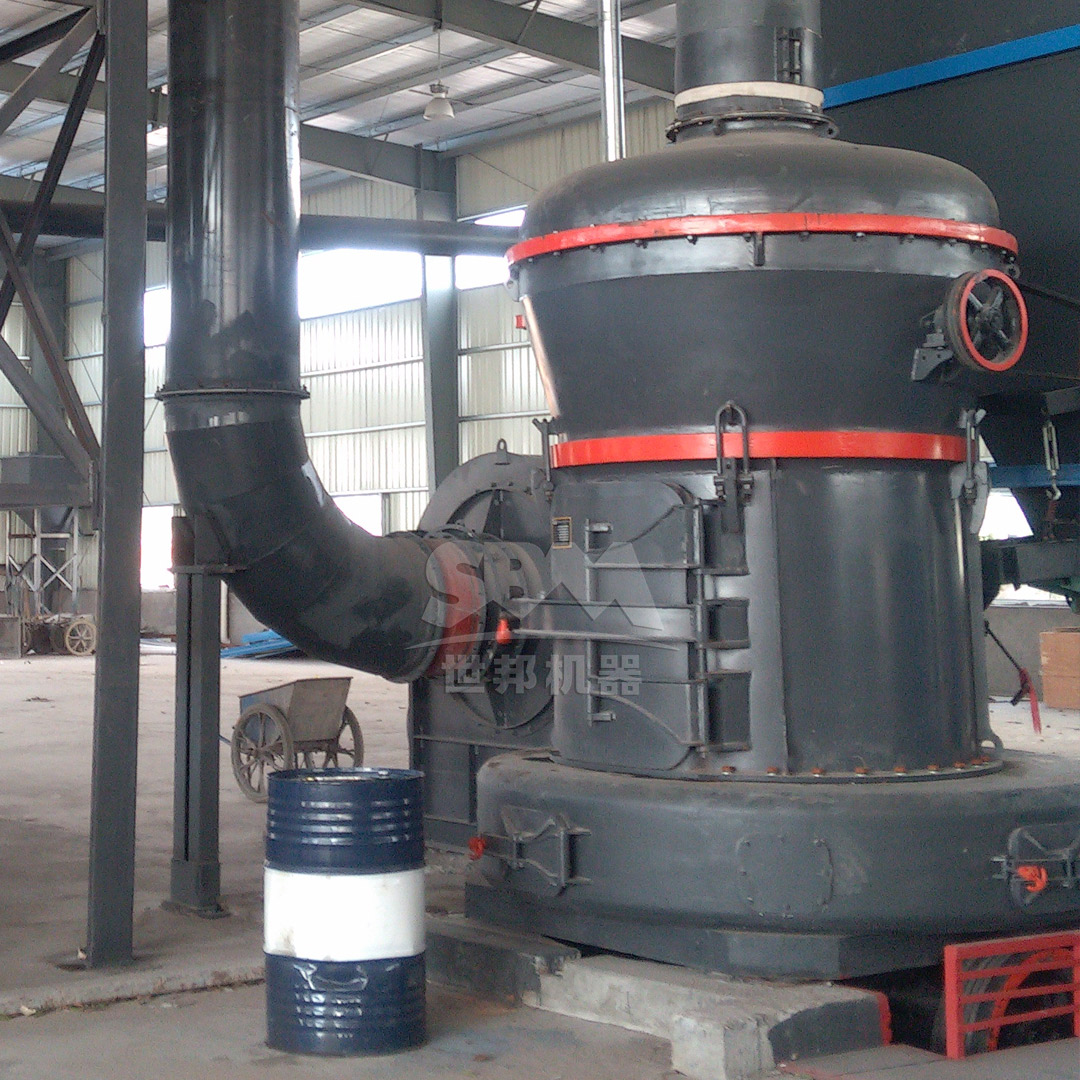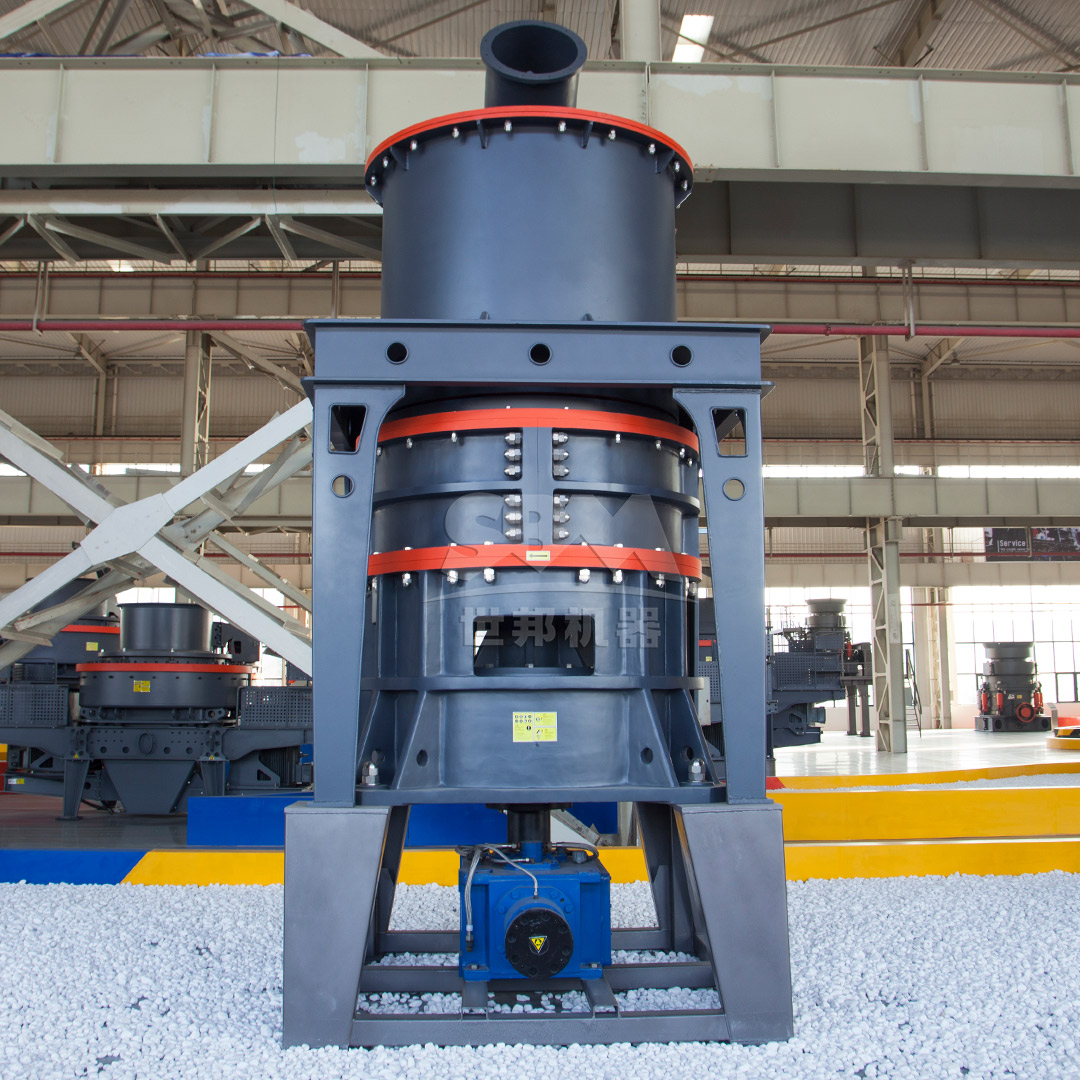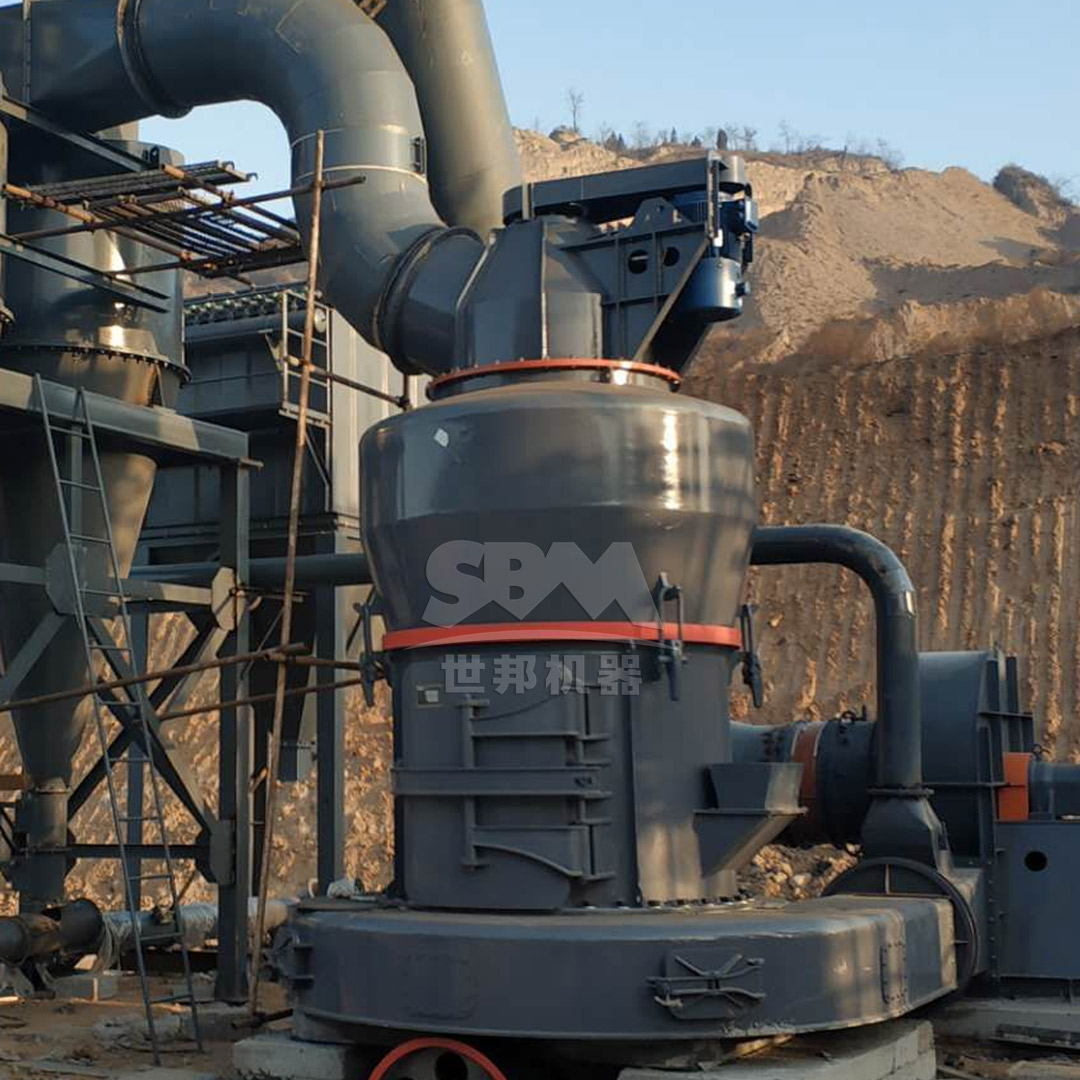Limestone powder, a versatile and environmentally friendly material, plays a critical role in modern industrial processes, particularly in wastewater treatment and flue gas desulfurization (FGD). The efficiency of these applications heavily depends on the quality and fineness of the limestone powder used. Advanced grinding mills are essential to produce high-purity, ultra-fine limestone powder that meets stringent environmental and operational standards. This article explores the importance of limestone powder in eco-friendly solutions and highlights the technological advancements in grinding equipment that enable sustainable industrial practices.
Wastewater treatment is a vital process for maintaining environmental health and compliance with regulatory standards. Limestone powder is widely used in this field due to its ability to neutralize acidic effluents and remove contaminants through precipitation and adsorption. The fine particles of limestone increase the surface area available for chemical reactions, enhancing the treatment efficiency.
In neutralization processes, limestone powder reacts with acidic compounds, raising the pH of wastewater to acceptable levels. This reaction also helps precipitate heavy metals, making them easier to remove. Additionally, limestone is used in constructed wetlands and other passive treatment systems to provide long-term buffering capacity against acidity.
The effectiveness of limestone in wastewater treatment is directly related to its particle size and purity. Ultra-fine limestone powder, with a high surface area, ensures rapid and complete reactions, reducing the amount of material required and minimizing sludge production. This not only improves treatment efficiency but also lowers operational costs and environmental impact.

Flue gas desulfurization is a key technology for reducing sulfur dioxide (SO₂) emissions from industrial exhaust gases, particularly in power plants and manufacturing facilities. Limestone-based wet scrubbing is the most common FGD method due to its high efficiency and cost-effectiveness. In this process, limestone powder is slurried with water and sprayed into the flue gas stream. The SO₂ reacts with the limestone to form gypsum, a valuable by-product that can be used in construction materials.
The fineness of the limestone powder is crucial for the efficiency of the FGD process. finer particles dissolve more quickly in the slurry, providing a larger surface area for the reaction with SO₂. This results in higher removal efficiencies and reduces the consumption of limestone. Moreover, high-quality limestone powder with low impurities ensures the production of pure gypsum, which can be sold as a commercial product, offsetting the costs of the FGD system.
Grinding mills capable of producing ultra-fine limestone powder are therefore essential for effective FGD operations. These mills must deliver consistent particle size distribution and high throughput to meet the demands of large-scale industrial applications.
Producing high-quality limestone powder requires advanced grinding technology that can achieve the desired fineness while maintaining energy efficiency and operational reliability. Several types of grinding mills are used in the industry, each with unique features and advantages.
When choosing a grinding mill for limestone powder production, several factors must be considered:
For applications requiring ultra-fine limestone powder, such as advanced wastewater treatment and high-efficiency FGD systems, the SCM Ultrafine Mill is an excellent choice. This mill is designed to produce powder with a fineness of 325 to 2500 mesh (D97 ≤5μm), making it ideal for sensitive environmental applications.
The SCM Ultrafine Mill offers several technological advantages:
The mill operates by driving three layers of grinding rings with the main motor. Material is dispersed into the grinding path by centrifugal force, where it is crushed and ground layer by layer. The final powder is collected by a cyclone collector and pulse dust removal system.
| Model | Processing Capacity (ton/h) | Main Motor Power (kW) | Feed Size (mm) | Output Fineness (mesh) |
|---|---|---|---|---|
| SCM800 | 0.5-4.5 | 75 | 0-20 | 325-2500 |
| SCM900 | 0.8-6.5 | 90 | 0-20 | 325-2500 |
| SCM1000 | 1.0-8.5 | 132 | 0-20 | 325-2500 |
| SCM1250 | 2.5-14 | 185 | 0-20 | 325-2500 |
| SCM1680 | 5.0-25 | 315 | 0-20 | 325-2500 |

For larger-scale production where slightly coarser powders are acceptable, the MTW Series Trapezium Mill is a robust and efficient solution. This mill produces powder with a fineness of 30 to 325 mesh (up to 0.038mm) and handles capacities from 3 to 45 tons per hour.
The MTW mill features several innovative designs:
In operation, the main motor drives the grinding roller to revolve around the central axis while rotating itself to generate centrifugal force. The shovel throws material between the grinding ring and roller, where it is crushed by extrusion. The classification system precisely controls the final particle size.
| Model | Processing Capacity (ton/h) | Main Motor Power (kW) | Feed Size (mm) | Output Fineness (mesh) |
|---|---|---|---|---|
| MTW110 | 3-9 | 55 | <30 | 10-325 |
| MTW138Z | 6-17 | 90 | <35 | 10-325 |
| MTW175G | 9.5-25 | 160 | <40 | 10-325 |
| MTW215G | 15-45 | 280 | <50 | 10-325 |
The use of advanced grinding mills like the SCM Ultrafine Mill and MTW Trapezium Mill contributes significantly to environmental sustainability. By producing high-quality limestone powder efficiently, these mills help reduce the overall environmental footprint of wastewater treatment and FGD processes.
Energy-efficient grinding reduces greenhouse gas emissions associated with power consumption. Moreover, the production of fine limestone powder minimizes waste by ensuring that less material is needed for the same level of treatment effectiveness. The by-products of these processes, such as gypsum from FGD, can be recycled and used in other industries, promoting a circular economy.
Additionally, modern grinding mills are designed with environmental protection in mind. Features such as pulse dust collectors and soundproofing ensure that the grinding process itself does not contribute to air or noise pollution. This holistic approach to environmental responsibility makes advanced grinding technology a cornerstone of sustainable industrial practices.

Limestone powder is an indispensable material for eco-friendly solutions in wastewater treatment and flue gas desulfurization. The efficiency and effectiveness of these applications depend heavily on the quality and fineness of the powder, which is achieved through advanced grinding technology. The SCM Ultrafine Mill and MTW Series Trapezium Mill exemplify the innovation and engineering excellence required to meet the demands of modern environmental applications. By investing in high-performance grinding equipment, industries can enhance their sustainability, comply with regulatory standards, and contribute to a cleaner, healthier planet.